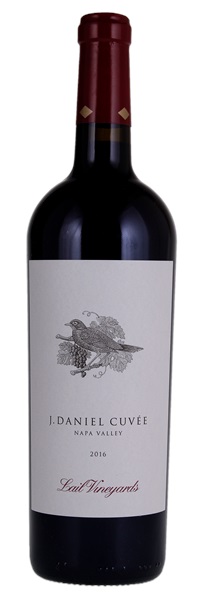Light label condition issue
Removed from a temperature and humidity controlled wine cellar

Image above is an example. To view the image of the lot, click the item number.
Estimate
...offers up exuberant notes of crème de cassis, chocolate-covered cherries, wild blueberries, violets and unsmoked cigars with touches of garrigue, fragrant earth, powdered cinnamon, black olives and tree bark.
...spectacular bouquet of crème de cassis, black raspberries, graphite, and spicy oak. Possessing incredible purity, full-bodied richness, building structure, and a big finish...
Love the green olives, blackberries and sweet tobacco. Hints of walnuts and wet earth. Full-bodied yet reserved and very tight with beautiful richness and focus. Dense and exciting.
...aromas of blackberry, licorice, spices and minerals, complicated by whiffs of violet and leather and a faint medicinal quality. Utterly silky, sweet and fresh on the palate, showing near-perfect balance...